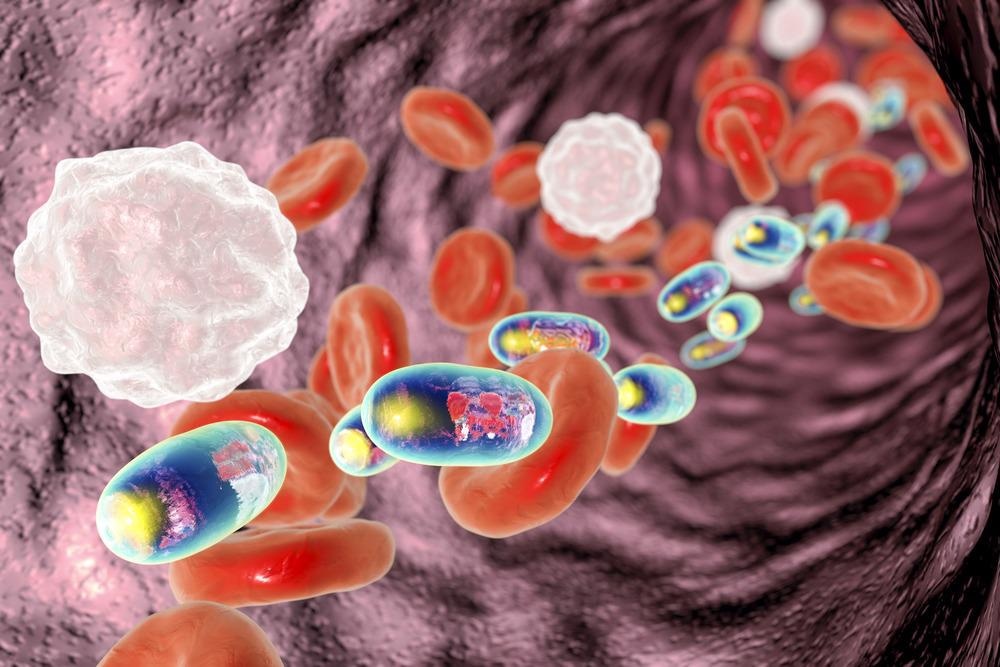With the advancement in nanotechnology, there has been a myriad of novel developments and drug delivery approaches that have been explored. This includes but is not limited to liposomes, proteins, nanoparticles, quantum dots, as well as other nanoparticles. This article will explore nanocrystals as a novel drug delivery method.

Image Credit: Kateryna Kon/Shutterstock.com
Poor drug solubility has become a challenge for pharmaceutical companies, with an approximation of 40% of drugs in their developing stages demonstrating problems with drug solubility. Additionally, with advanced screening approaches, the number of drugs discovered with poor water solubility is increasing. This is also supported by scientific literature, with findings that 60% of drugs synthesized have poor solubility.
If a drug has poor water solubility, this can also affect the availability and distribution of the drug within a patient; subsequently, this can result in a lack of absorption from the gastrointestinal tract into the bloodstream – a critical process to ensure a drug can reach its target area.
Improving Drug Solubility
Methods to improve drug solubility include using surfactants or cosolvents; however, this can lead to increased toxicity. Challenges with traditional approaches to improving the solubility of drugs surround their chemistry, molecular size and molecule conformation and structure.
Another approach is to increase drug solubility, which consists of micronizing drug powders to produce a size of between 1 and 10 μm with the aim of increasing the surface area of the drug. However, this was found to be ineffective.
Nanocrystals have been used as opposed to microcrystals in the early 1990s by Elan Nanosystems to enhance oral bioavailability and propagate this nanotechnology approach for both intravenous and pulmonary delivery of drug treatments.
Nanocrystals
Nanocrystals can be described as nanoparticles with a crystalline formation within the nanoscale, which can be between 1 and 100 nm in size and up to 1000 nm; these particles are also typically encased in a stabilizer layer.
Drug nanocrystals can increase bioavailability as they are completely formed by the drug itself, with no requirement for a carrier that is usually associated with nanoparticles, such as polymeric nanoparticles.
These innovative nanocrystalline particles can be produced through both bottom-up and top-down manufacturing techniques. The former comprises dissolving the drug in organic solvents, and the latter uses energy to break down the drug.
While Liversidge first produced nanocrystals in the 1990s, which developed into FDA approval of five oral drug-based products, they have also been researched for multiple drug administration methods. This has resulted in more than twenty products that have gained approval and many drug formulations in various clinical study stages.
Benefits and Challenges
The four mechanisms that are found to be increased by the use of nanocrystal drugs and therefore enhance absorption levels include (i) solubility and dissolution rate, (ii) interaction with the duodenum mucus layer, (iii) transport through the intestinal membrane and (iv) the use of stabilizers that increase absorption.
Albendazole is an example of a drug that utilizes nanocrystals for the treatment of helminthic infections as well as other types of parasitic worm infections. This drug comprises nanocrystals that are 522 nm in size and have been shown to have enhanced oral absorption.
A strategy that is also explored for enhancing the efficacy of oral administration of nanocrystal drugs includes converting liquid dosages of drugs into a solid form. This would require the drug loading at the final state to be investigated to ensure correlation to the level within the patient body when redispersed with fluids.
However, challenges with solid forms of this type of drug include agglomeration, which can be avoided by ensuring low drug concentration in the pre-compression powder. Using a 3D printing technique, researchers were able to optimize this technique and ensure nanocrystals maintained their crystalline structure as well as resulting in high dissolution levels.
Nanocrystals can also be injected, improving the solubility of injectable drugs that aim to produce a rapid response in patients. An example of a nanoformulation that has been considered promising for disorders such as HIV includes injectable antiretrovirals.
The potential of this longer-lasting approach to HIV management as opposed to oral treatments is significant, as this could ensure a higher level of patient compliance and provide a better quality of life for patients who do not require constant treatment due to sustained release.
Future Outlook
Nanocrystals have furthered the field of pharmaceutical science and medicine, with drug formulations being enhanced and formulated with higher solubility and dissolution rates.
This type of drug formulation can be used in different drug delivery approaches, from oral administration to injectable products and even transepidermal methods. The potential of this nanotechnology tool within medicine is critical for prioritizing patient care and disease management.
Traditional drug formulations such as antiretrovirals may not have sufficient potency to be used as an injectable product; however, the use of nanoformulations can provide a promising innovative approach to this conventional drug management technique. This area of research has gained traction over recent years, with various researchers developing nanoformulations to explore how long antiretrovirals can be detected in mice models.
Successes in this area would be revolutionary for the field of nanotechnology, that continually advances biomedical research as well as for HIV research, a virus that burdens many lives worldwide.
References and Further Reading
McGuckin, M., Wang, J., Ghanma, R., Qin, N., Palma, S., Donnelly, R. and Paredes, A., (2022). Nanocrystals as a master key to deliver hydrophobic drugs via multiple administration routes. Journal of Controlled Release, 345, pp.334-353. Available at: https://doi.org/10.1016/j.jconrel.2022.03.012
Müller, R. and Junghanns, (2008). Nanocrystal technology, drug delivery and clinical applications. International Journal of Nanomedicine, p.295. Available at: https://doi.org/10.2147/IJN.S595
Ochubiojo, M., Chinwude, I., Ibanga, E. and Ifianyi, S., (2012). Nanotechnology in Drug Delivery. Recent Advances in Novel Drug Carrier Systems.
Disclaimer: The views expressed here are those of the author expressed in their private capacity and do not necessarily represent the views of AZoM.com Limited T/A AZoNetwork the owner and operator of this website. This disclaimer forms part of the Terms and conditions of use of this website.